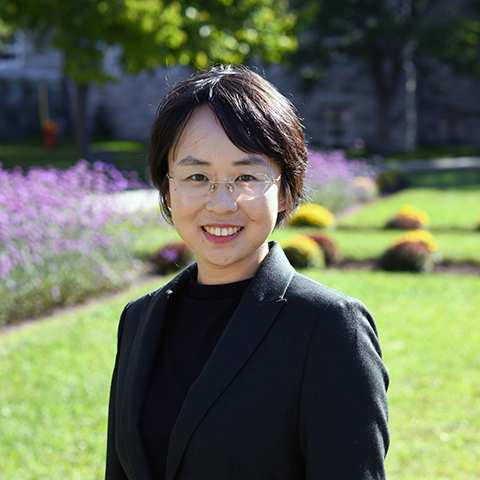
My research projects help to address the following UN Sustainable Development Goals:
I am an Assistant Professor in the Department of Civil Engineering. My research focuses on water and wastewater treatment strategies, environmental impact assessment, and risk management. My research activities are interdisciplinary and have commonalities with the fields of environmental and chemical engineering, environmental chemistry, analytical chemistry, and microbiology. My expertise lies in advanced oxidation process, biodegradation, biofiltration, and bubble technology. I am fascinated by the treatment of toxic bacteria, algae, biotoxins, antibiotic resistant bacteria/genes, and emerging contaminants (e.g. pharmaceuticals and personal care products, flame retardants, microplastics). My expertise also lies in Synchrotron Radiation and the associated techniques to solve a variety of challenges in analytical chemistry.
Previously, I worked as a postdoctoral fellow in Memorial University of Newfoundland (201910-202106). Prior to my arrival at Queen’s University, I worked as a research assistant professor at State Key Laboratory of Marine Pollution and the School of Energy and Environment in the City University of Hong Kong (202109-202208).
I obtained my PhD degree in environmental system engineering at the University of Regina in Regina, Canada. I received my BSc in Environmental Science from Yangzhou University, China.
My research is primarily focused on:
Please find my publications here: Google Scholar Page
Selected Publications
I am always looking for talented and motivated students to help address the current challenges of water/wastewater treatment!
There are openings for graduate students with background in environmental engineering/science, environmental chemistry, chemical engineering, analytical chemistry, biochemistry, or related disciplines.
Interested candidates should send a cover letter, CV, and transcripts to x.xin@queensu.ca.